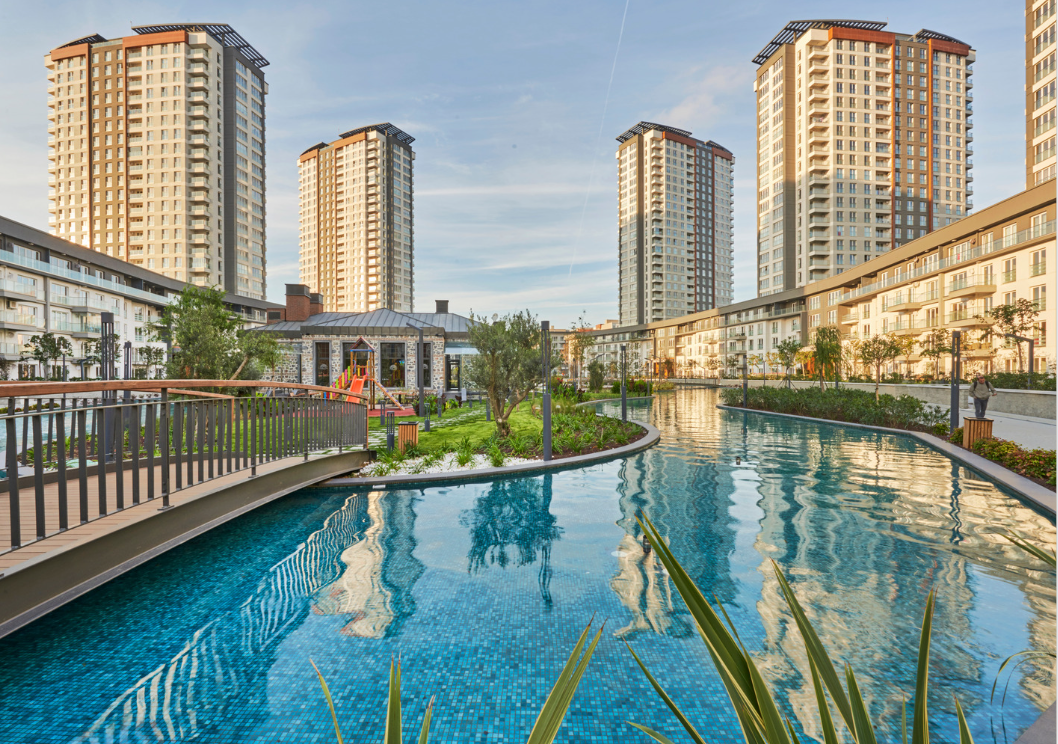The Impact of Green Building Practices on Real Estate Value
https://buymeacoffee.com/kaysogy/the-impact-green-building-practices-real-estate-value
Green building practices are revolutionizing the real estate industry by emphasizing sustainability, energy efficiency, and environmental responsibility. These practices not only benefit the environment but also have a significant impact on the value of real estate properties. This article explores how green building practices influence real estate value and why investors, buyers, and developers are increasingly prioritizing sustainable real estate.
What are Green Building Practices: Green building practices involve designing, constructing, and operating buildings in ways that reduce environmental impact and enhance occupants' health and well-being. Key elements include energy efficiency, sustainable materials, water conservation, indoor air quality, and site selection.
Benefits of Green Building Practices
Energy Efficiency: Green buildings are designed to minimize energy consumption. This includes using high-efficiency HVAC systems, solar panels, LED lighting, and superior insulation. Energy-efficient buildings reduce utility costs, which is a significant selling point for potential buyers and tenants.
Environmental Impact: By reducing carbon footprints and utilizing renewable energy sources, green buildings contribute to environmental conservation. Sustainable construction materials and methods, such as recycled content and low-emission products, further minimize ecological damage.
Health and Well-being: Green buildings promote healthier indoor environments through improved air quality, natural lighting, and the use of non-toxic materials. These features enhance the quality of life for occupants and are increasingly demanded by health-conscious consumers.
Water Conservation: Implementing water-saving technologies, such as low-flow fixtures, rainwater harvesting, and efficient landscaping, reduces water consumption and lowers utility bills. This is especially valuable in areas prone to water shortages.
Impact on Real Estate Value
Increased Property Value: Properties with green certifications, such as LEED (Leadership in Energy and Environmental Design), often command higher market values. Buyers and investors are willing to pay a premium for buildings that demonstrate reduced operating costs and sustainable practices.
Higher Rental Income: Green buildings can attract higher rental rates. Tenants, particularly corporate tenants, are increasingly seeking sustainable spaces to align with their corporate social responsibility goals and reduce their operating expenses. This trend drives up rental income for green properties.
Market Differentiation: In a competitive real estate market, green buildings stand out. Sustainability features can be a key differentiator, attracting environmentally conscious buyers and tenants. This can lead to faster sales and reduced vacancy rates.
Government Incentives: Various government incentives, such as tax credits, grants, and rebates, are available for green building projects. These incentives can offset initial investment costs, making green buildings more financially attractive.
Long-term Cost Savings: While green buildings may have higher upfront costs due to advanced materials and technologies, they offer long-term savings through reduced energy and water bills, lower maintenance costs, and increased durability. These savings enhance the overall return on investment.
Challenges and Considerations
Higher Initial Costs: The initial investment for green building materials and technologies can be higher compared to traditional construction. However, these costs are often offset by long-term savings and increased property value.
Knowledge and Expertise: Implementing green building practices requires specialized knowledge and expertise. Developers and builders must stay updated on the latest sustainable technologies and certifications. Partnering with experienced professionals is crucial to the success of green projects.
Market Acceptance: While the demand for green buildings is growing, market acceptance varies by region. In some areas, consumers and investors may still prioritize traditional features over sustainability. Educating the market about the benefits of green buildings is essential for broader acceptance.
Future Trends
Integration of Smart Technologies: The integration of smart home technologies with green building practices is set to enhance sustainability further. Smart systems can optimize energy usage, monitor environmental conditions, and provide real-time data to improve building performance.
Sustainable Urban Development: The trend towards sustainable urban development is gaining momentum. Mixed-use developments that incorporate green spaces, renewable energy sources, and efficient public transportation are becoming more popular, creating a holistic approach to sustainability.
Green Retrofitting: Retrofitting existing buildings with green technologies and materials is a growing trend. This approach extends the benefits of sustainability to older properties, increasing their value and reducing their environmental impact.
Corporate Commitment: As more corporations commit to sustainability goals, the demand for green office spaces is expected to rise. This will drive further investment in green building practices and enhance the overall value of commercial real estate.
Conclusion: Green building practices are reshaping the real estate industry by enhancing property values, improving rental income, and contributing to environmental sustainability. While the initial costs may be higher, the long-term benefits, including energy savings, increased marketability, and government incentives, make green buildings a wise investment. As consumer awareness and demand for sustainable living grow, green building practices will continue to play a pivotal role in the future of real estate. By staying informed about these trends and leveraging advanced technologies, investors, developers, and buyers can make strategic decisions that align with both financial goals and environmental responsibilities.

Comments
Post a Comment